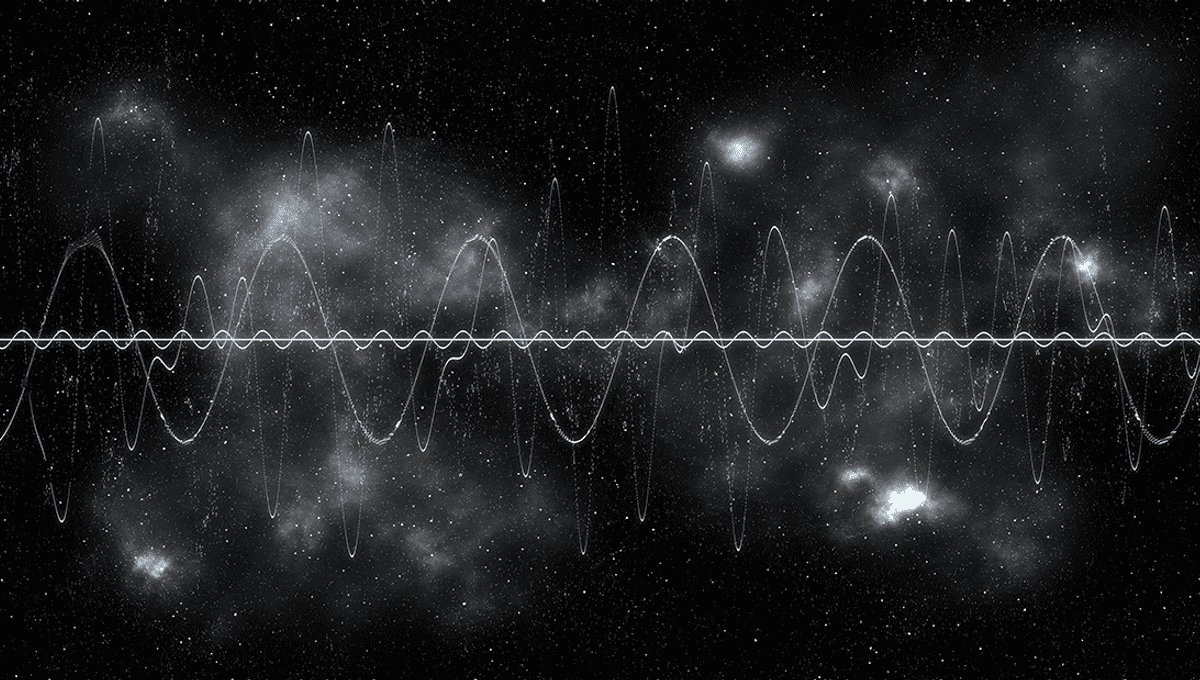
Earlier this year, an astronomer analyzing thousands of stars in the area the famous “Wow!” signal came from proposed a potential Sun-like star as the source of the mysterious signal that occurred over 40 years ago. Now, astronomers have turned two telescopes on the most promising star – 2MASS 19281982-2640123 – in an attempt to pick up any possible techno-signatures emitting from it.
On August 15, 1977, at the Big Ear radio telescope observatory at Ohio State University, a narrowband radio signal was received. A few days later, astronomer Jerry Ehman reviewed the data and noticed the signal sequence, which lasted for a full 72 seconds. In the margin next to the printout, he simply wrote “Wow!”, and thus the puzzling signal had a name that would stick for the next 43 years at least.
The signal has, so far, defied explanation, and that’s not for a lack of trying. Researchers argued the case for it being a comet passing through the area Big Ear was listening to, only for that to be completely refuted about two days later by the team that detected the Wow! signal in the first place, as a comet would have produced a diffuse signal given the large area they cover, rather than the abruptly cut-off signal that was received.
The signal has been a source of speculation in the “aliens are out there” community, and not without reason. No other signal like it has been detected before or since. It was in a range of frequencies close to the hydrogen line, which is relatively free from background noise, making it a good range to pick were we to try and communicate with other civilizations ourselves.
On top of that, the team themselves believed it to be a good candidate for extraterrestrial life. “The ‘Wow!’ signal is highly suggestive of extraterrestrial intelligent origin but little more can be said until it returns for further study,” Ohio State University Radio Observatory director John Kraus wrote in a letter to Carl Sagan in 1994, a man you don’t want to embarrass yourself in front of with whacky science if you’re an astronomer.
In the original paper, published in the International Journal of Astrobiology, astronomer Alberto Caballero searched through the European Space Agency’s Gaia data – a database of more than 1 billion stars – for stars in the signal’s region that are similar to our own, specifically trying to narrow the search down to stars that might host an exoplanet with potential for life. This type of search wasn’t designed to figure out exactly what it is, say if it’s from a natural source, but to narrow down the search were it to be from an alien civilization.
As Caballero explains in a video on his popular YouTube page The Exoplanets Channel as well as in his paper, he managed to narrow the candidates down to one star.
“The only potential Sun-like star in all the Wow! signal region appears to be 2MASS 19281982-2640123,” he wrote in the paper. “Despite this star is located too far for sending any reply in the form of a radio or light transmission, it could be a great target to make observations searching for exoplanets around the star.”
“One of those stars is very close to the distance with the highest probability of existing an extraterrestrial civilization,” he added in a video. “This star has an estimated temperature only 5 degrees higher than the Sun, and a radius and luminosity almost identical. It is an excellent target to search for potentially habitable exoplanets.”
Of course, this was always a long shot, as the signal was unlikely to be from a sentient being in the first place. So far, zero (0) of any signals we have received have come from a sentient source, unless you count the time we found a suspicious signal which turned out to be a human using a microwave oven.
Alas, the Search for Extraterrestrial Intelligence (SETI) turned two telescopes on the better of Caballero’s candidates, and no promising data was found.
“After visual inspection of our candidates, we find no trace of the WOW! signal,” the team wrote in a paper published in Research Notes Of The American Astronomical Society, though they added that there are still candidates that could be explored in future.
“There remain a significant number of sources that are either Sun-like and/or pass the criteria for having a habitable zone, and future observations could target these in followup of the WOW! Signal.”
The team turned two telescopes onto the potential candidates, simultaneously observing the stars for nine minutes and 40 seconds, which the team says could lead to more collaboration between telescopes.
“The [original] paper led to Breakthrough Listen’s first collaboration between the Green Bank Telescope (site of the first-ever SETI observation by Frank Drake in 1961) and the SETI Institute’s Allen Telescope Array (the first radio observatory built especially for SETI observations),” Karen Perez, visiting graduate student at Breakthrough Listen and lead author on the AAS Research Note, said in a statement.
“This is the first time a targeted search for the WOW! Signal has been conducted, and having access to both telescopes to conduct such a search is of great importance for future interesting candidates, whether that be in relation to the WOW! Signal, or candidates from other ongoing surveys.”
The research was published in Research Notes Of The American Astronomical Society.
Source Link: Two Telescopes Team Up To Investigate Technosignature Source Of The WOW! Signal